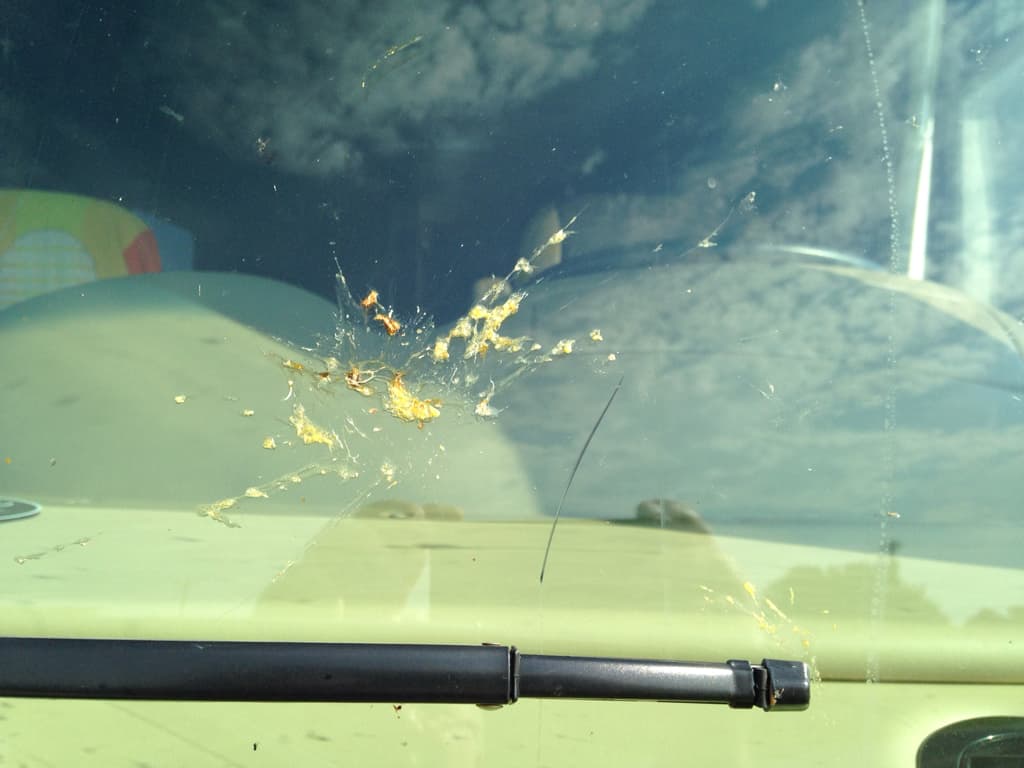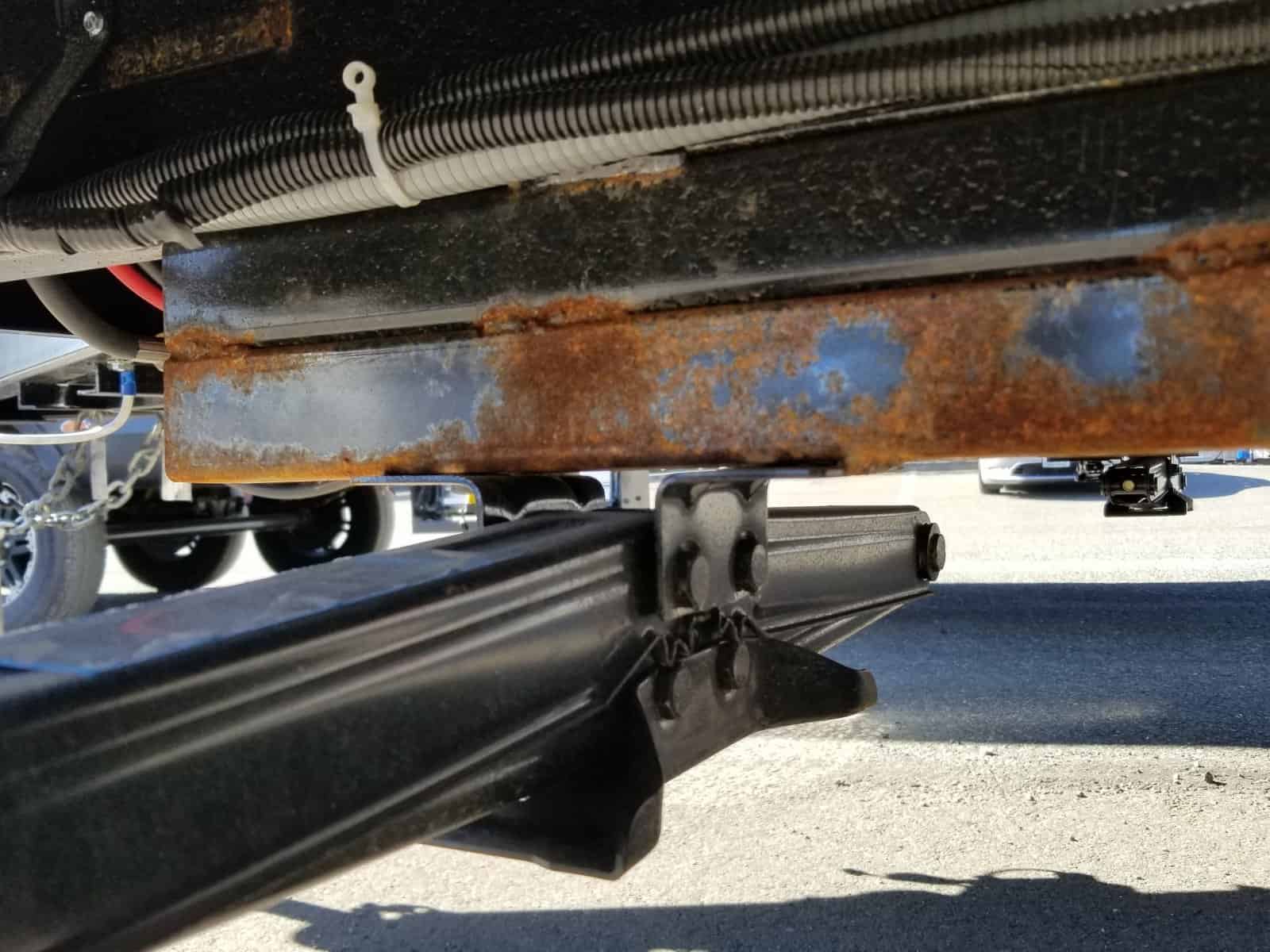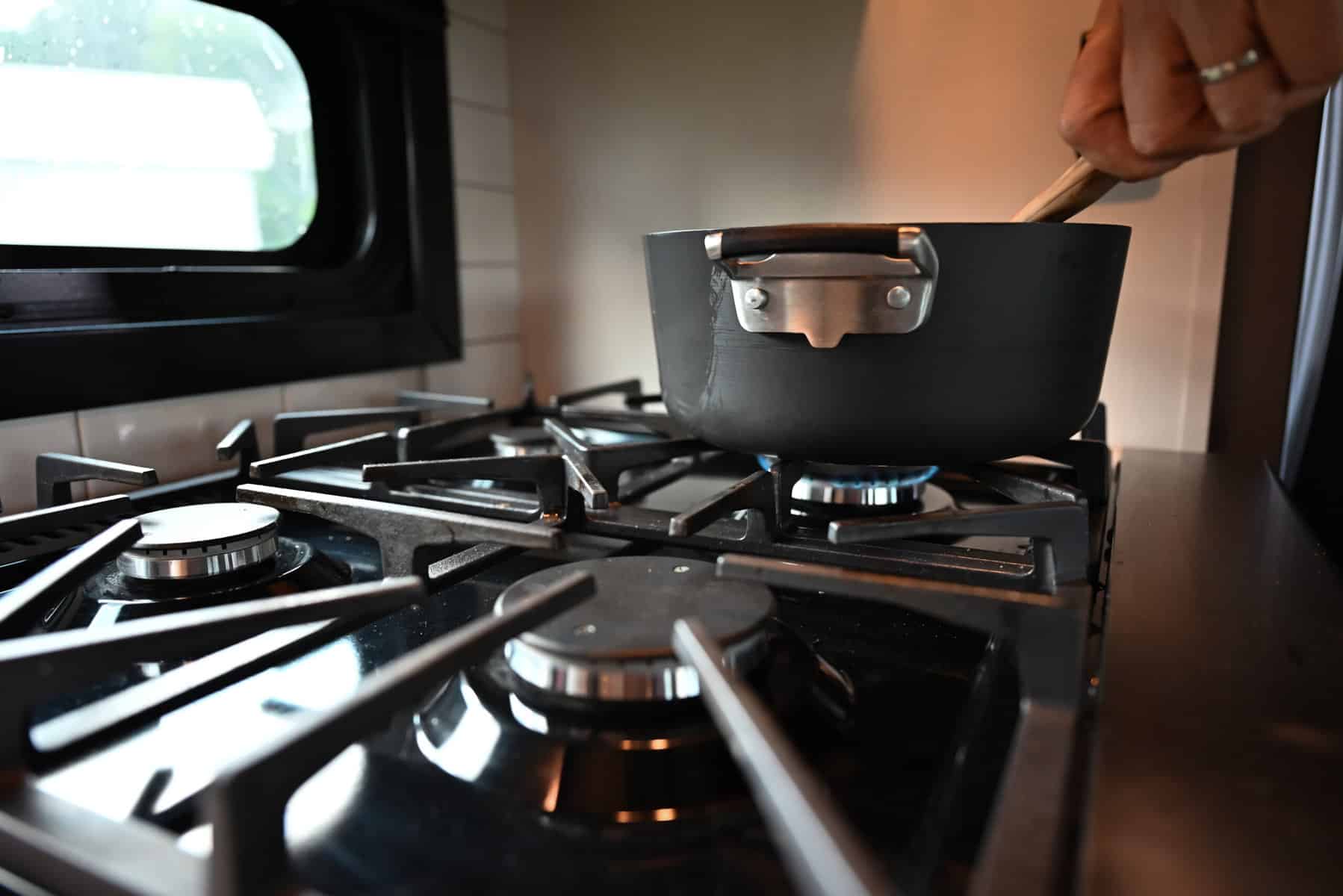RV seal and seam maintenance is one of the most important maintenance tasks for any RV owner, and it’s one I always, always make sure to stay on top of. Your RV’s seals are what keep water out of the camper, preventing mold and wood rot—both major issues that nobody wants to deal with.
Unfortunately, many people don’t have any idea how to go about resealing their RV. That’s why I’m here today. Below is everything I’ve learned over the years about RV seal and seam maintenance. In this article I share how to inspect, repair, or replace RV seals in the roof, walls, and slide outs.
How to Inspect Three Common RV Seals: Exterior Wall Seams, Roof and Slide Out Seals.
In order to ensure you catch leaks as soon as possible, it is important that you check your RV seals and seams regularly. Some recommend doing a thorough inspection every six months, but we think every four months is probably an even safer bet.
Exterior Wall Seams
When checking your seals, go over each seam carefully, looking for holes, cracks,or places where the sealant is lifting. All of these are potential entry points for water and should be resealed immediately.
Roof Seals
You’ll also want to check out your RV roof. If the roof is discolored in places, it might be time to recoat the entire thing. Look for tears or holes in the rubber roof. These will need to be fixed while you’re up there.
Slide Out Seals
Lastly, be sure to inspect your slide seals. These tend to become melted, cracked, and misshapen over time. Look for anything that looks out of the ordinary and replace damaged slide seals right away.
Not sure you can remember to do this every 4–6 months? RV Life Maintenance can help you keep track of your RV maintenance and will even send you reminders when it’s time to tackle the next job.
Tips to Reseal, Patch, Recoat, or Replace Bad RV Seals
Inspecting for bad seals and seams on your recreational vehicle is only half of the job. The real work begins when you tackle this regular maintenance chore. Let’s look at what you need to do if your RV has bad seals or seams that need attention.
Resealing Your RV Roof
Your RV roof seams should be resealed at least once a year, and any tears or damage to the roof should be covered right away. Meanwhile, the RV roof itself will likely only need to be recoated once every few years.
Before doing any of these things, you will want to make sure your roof is walkable. If it isn’t, it will be necessary to have a good ladder you can move easily. You’ll also want to give the roof a good cleaning to remove debris, dust, and ensure whatever sealant you use sticks properly.
Once your roof is clean, you can dive right in, making sure to stick to high quality, RV-specific seal products and coating solutions in order to avoid damage.
Resealing RV Roof Seams
To reseal roof seams:
- Clean dirt from the area well, making sure not to allow moisture under the sealant.
- Remove any loose pieces of sealant.
- Cover the old sealant and the seam completely using a caulking gun and Dicor RV lap sealant.
- Allow the new sealant to cure before being exposed to rain.
Patching Roof Tears and Holes
To patch tears of holes in the roof:
- Clean the area well, making sure not to allow moisture under the rubber.
- Cover the hole or tear with a piece of pressure-sensitive EternaBond tape.
- Press the EternaBond into place, ensuring all sides are stuck down.
Recoating Your RV Roof
To redcoat your RV roof:
- Clean the entire roof well.
- Cover the front, back, and sides of the RV with painters plastic and painters tape to avoid excess drips.
- Roll an RV-specific coating product made by manufacturers such as Dicor. Roll onto the roof using a paint roller with a long handle. Be sure to follow product instructions precisely.
- Allow to dry completely.
Resealing Wall Seams
With your RV roof resealed, the next step is to repair the other seams on your RV. For a quick job, simply use a caulk gun to apply Dicor non-sag sealant to the offending seams.
Sometimes it is better to remove windows, vents, storage bay doors, and other bits and pieces from the sides of the RV and reseal from under the edges. To do this:
- Unscrew the part from the RV wall (when it comes to your RV’s window seals, you may need to look for window screws inside the RV) and remove the parts that need to be resealed.
- Remove the old butyl tape from the backside of the piece and replace it with new butyl tape, making sure to get good coverage.
- Screw the piece back into the RV wall.
- Reseal around the edges with Dicor non-sag sealant.
- Allow to cure.
Notes for using non-sag sealant: Using a wet finger to spread the sealant can be helpful. Mineral spirits can remove sealant if you happen to drip, but may damage paint, so be careful.
Tips to Replace RV Slide Seals
Let’s say you’re having trouble with RV slide-out seals. The process for replacing RV slide out seals is different from one RV to the next, and from one type of seal to the next (many RVs employ two types of slide seals). Typically, you’ll either be dealing with seals that slide into place along a track, seals that can be pushed or clicked into place, or seals that are stuck in place with an adhesive.
Those seals that are run into place along a track or click into place are pretty straightforward to replace. Just use some patience, as it can get tedious, especially when reaching above your head.
In the case of adhesive seals however, you’ll need to use a putty knife to gently pry the seal off of the RV. From there, clean the old adhesive from the RV using a product that doesn’t damage the RV paint (we tend to have good luck with careful application of mineral spirits). You can then replace the seals using an adhesive such as Loctite Super Glue, or you can invest in push-on seals that click into place instead.
Finally got a chance today to do some work on replacing the seals today as there was little chance of rain. It took about 2 hours yesterday just to get the seal off the front side of the slide as I had to figure out a good process along the way. A couple of important notes.
@newRVer, Replacement Slide Seals, ForestRiverForums.com
This video might help you better understand slide out seal replacement:
By staying on top of this relatively easy RV maintenance task, we have been able to keep our RV in good condition and enjoy several years of RVing with very few leaks or costly repairs. I highly recommend you do the same!




